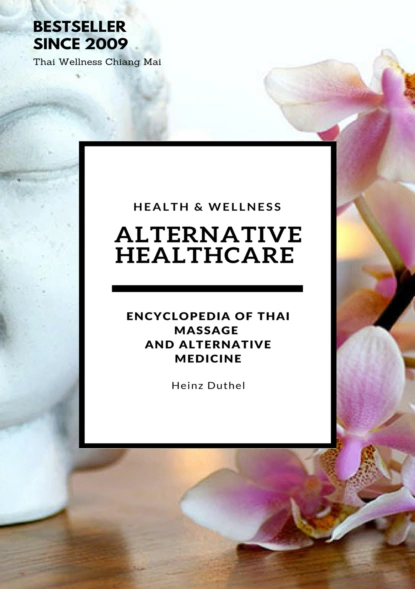Maht 140 lehekülge
Alternative Healthcare and Medicine Encyclopedia
Raamatust
Therapies,Information
Acupressure
Acupuncture
Alexander,Technique,
Anthroposophical,Medicine
Aromatherapy,
Art,therapy,
Aura,Soma,
Autogenic,Training
Ayurveda
Bach,flower,remedies,
Bates,method,
Biochemic,Tissue,Salts
Biofeedback,
Biorhythms,
Bowen,technique,
Buteyko
Chiropractic
Cognitive,and,Behaviour,Therapies
Colonic,irrigation
Colour,therapy
Cranial,Osteopathy
Cranio-sacral,therapy,
Do,In,,
Ear,acupuncture,
Emotional,Freedom,Technique,(EFT)
Feldenkrais,Method,
Feng,Shui
Healing,
Hellerwork
Herbal,medicine
Holographic,repatterning
Homoeopathy,
Hopi,ear,candles,
Hypnotherapy,
Indian,Head,Massage
Iridology
Johrei
Kahuna,Bodywork
Kanpo
Kinesiology
Life-coaching
Manual,Lymph,Drainage
Massage,therapy,
McTimoney,Chiropractic
Medau,Movement
Meditation
Metabolic,Typing
Metamorphic,Technique
Naturopathy
NLP
Norris,Technique
Nutritional,therapy,
Osteopathy,,
Pilates
Polarity,therapy,
Psychotherapy
Qigong,
Radionics
Reflexology
Reiki,healing
Rolfing
Seichem,/,Seichim,/,Sekhem
Seiki
Shiatsu,
Sound,Therapy
Thai,Foot,Massage
Thai,Yoga,Massage
The,Journey
Thought,Field,Therapy,
Toyohari
Trager,Work
Tuina
Yoga
Zero,Balancing




















